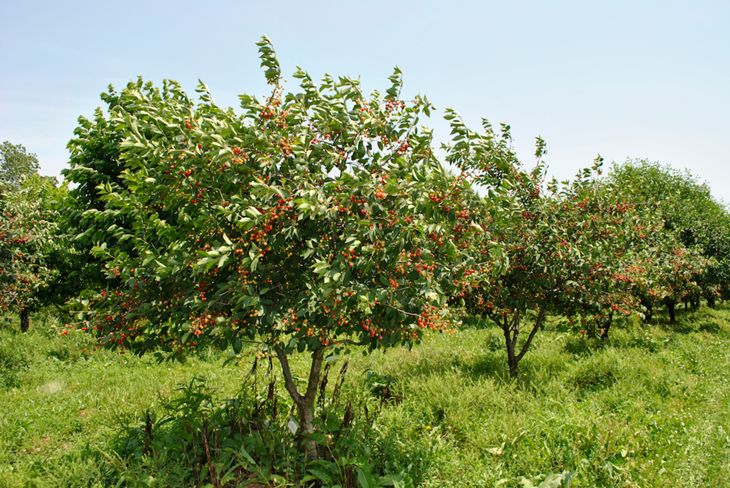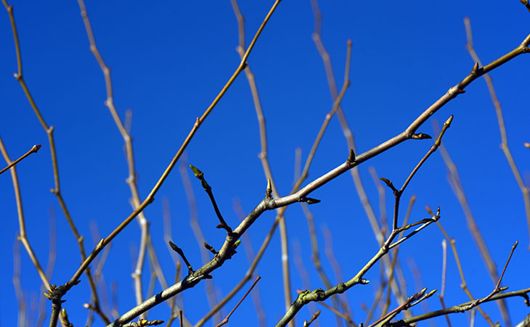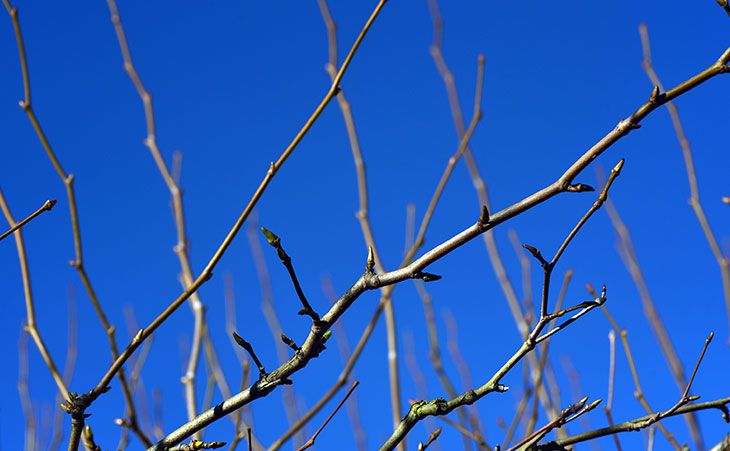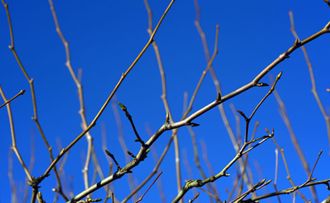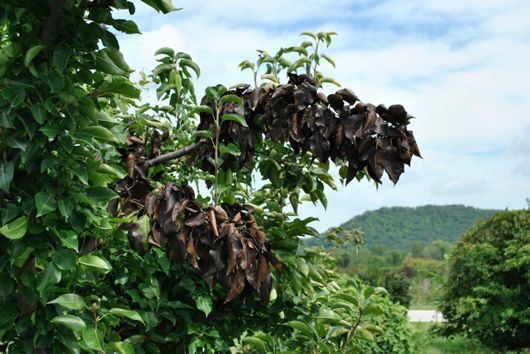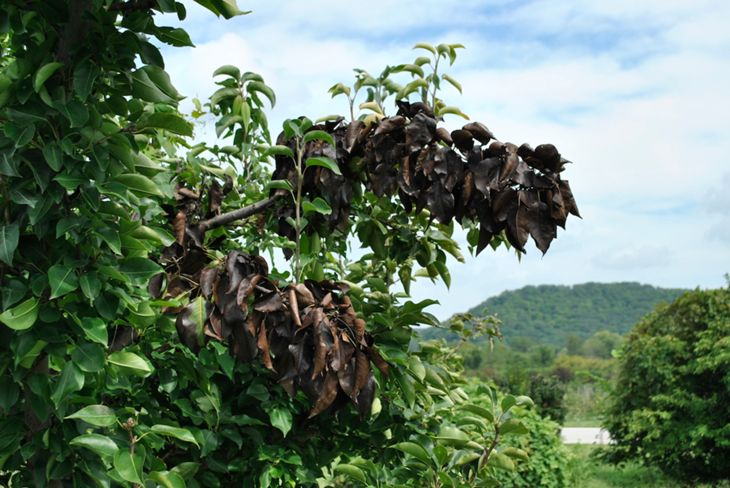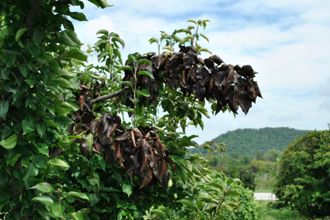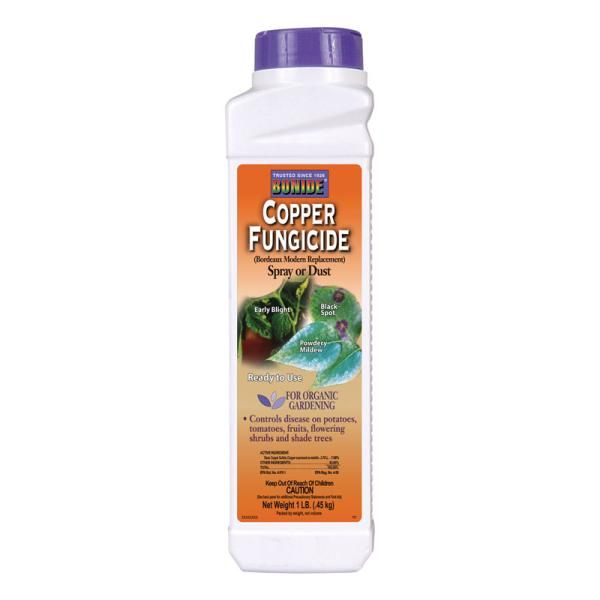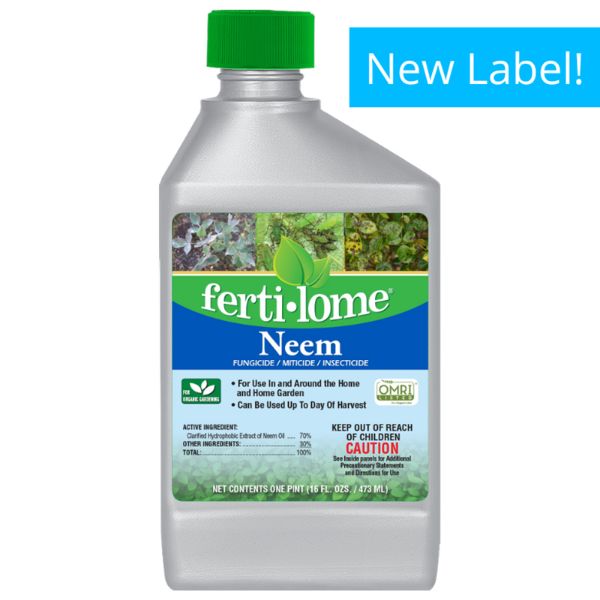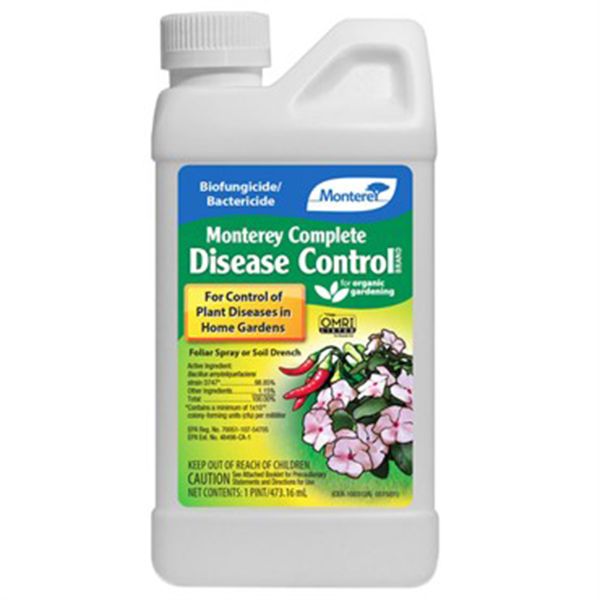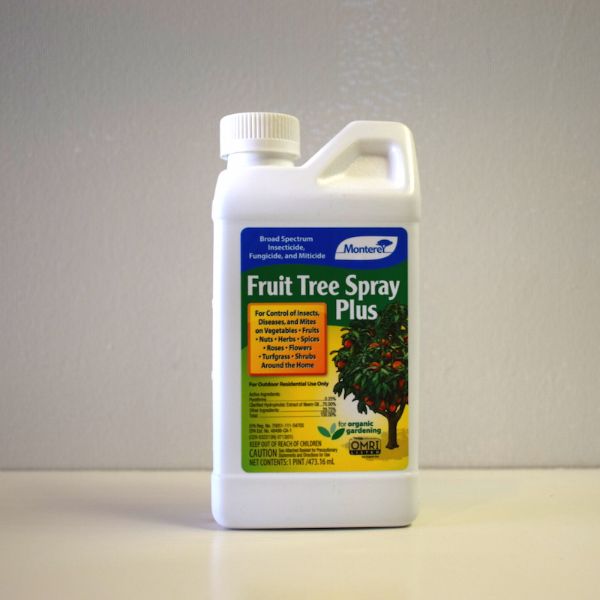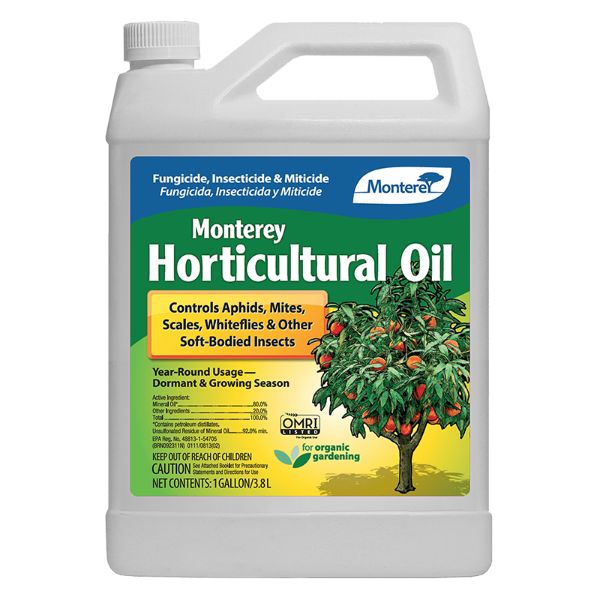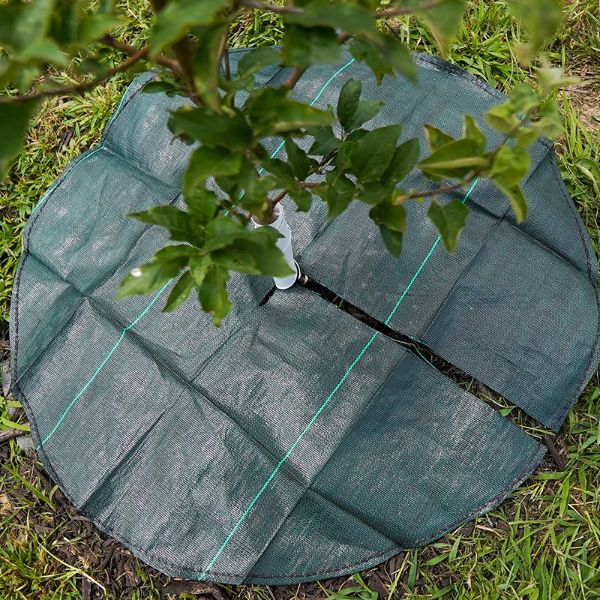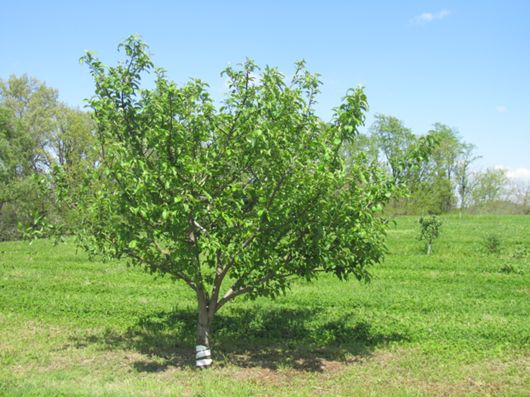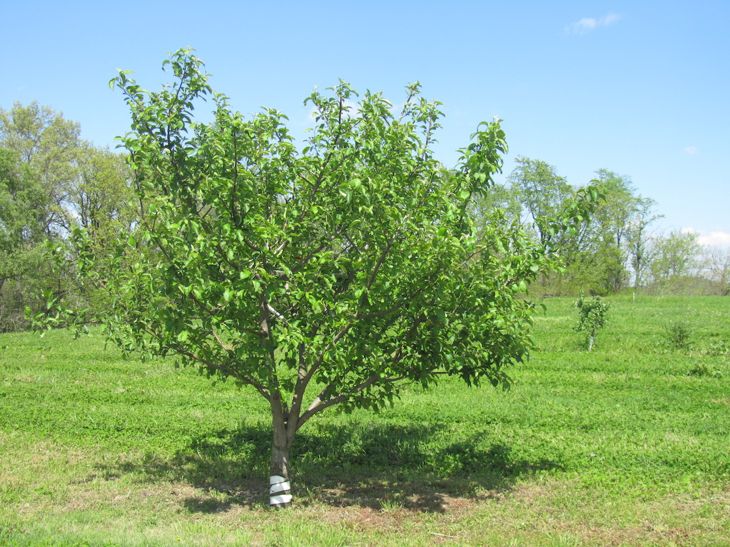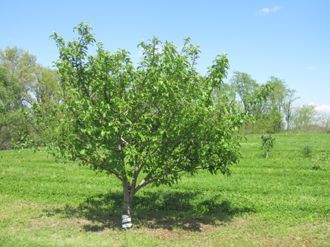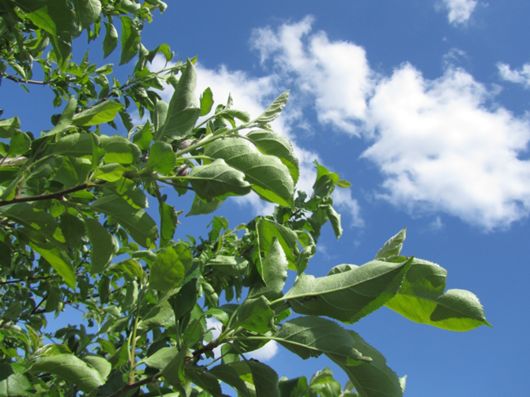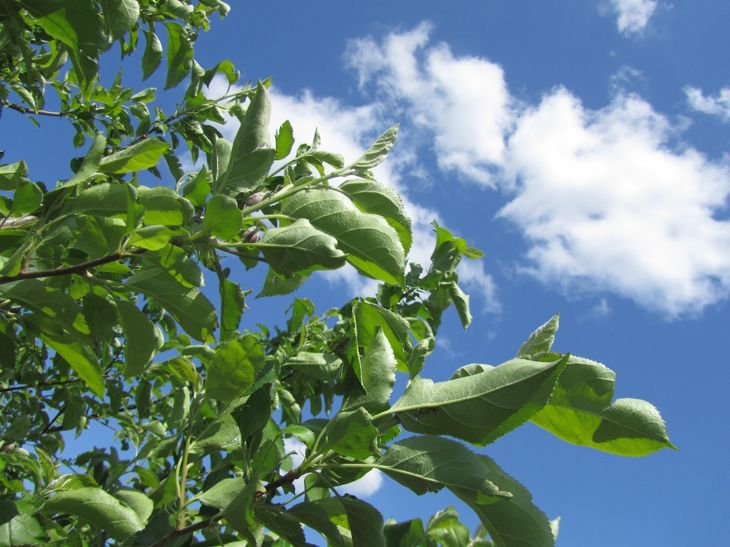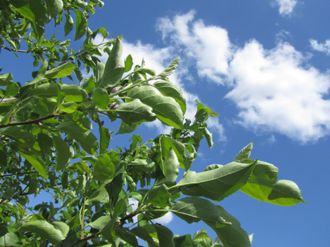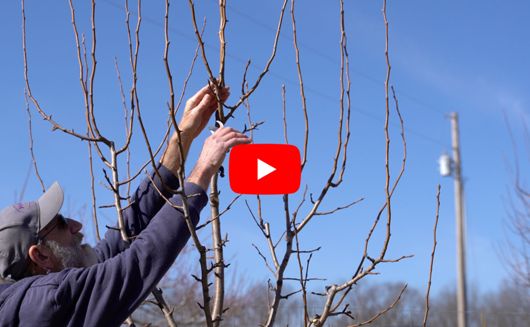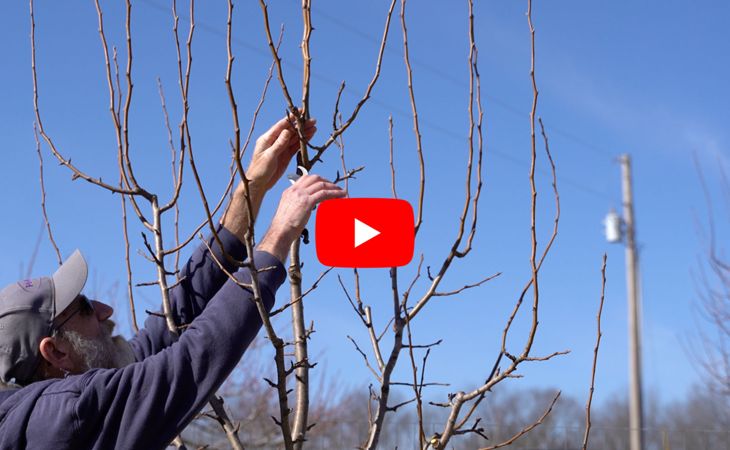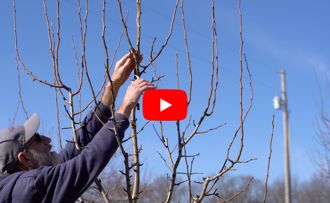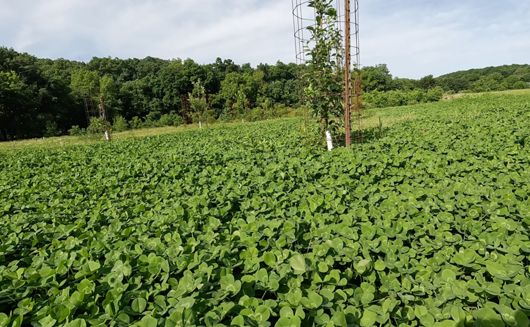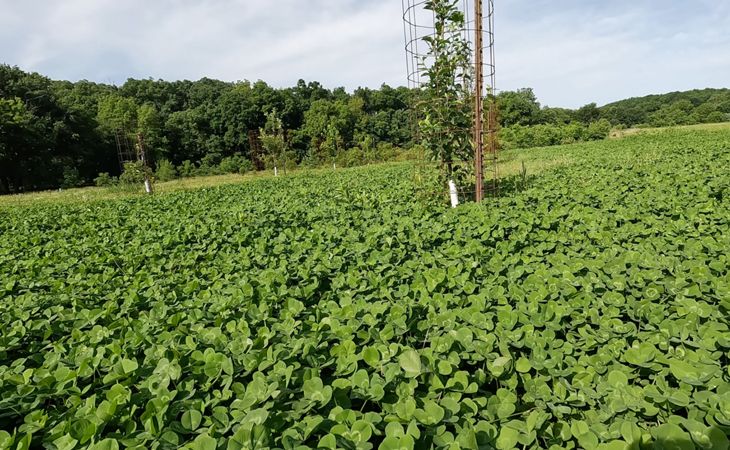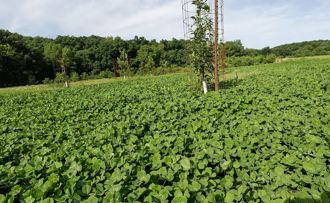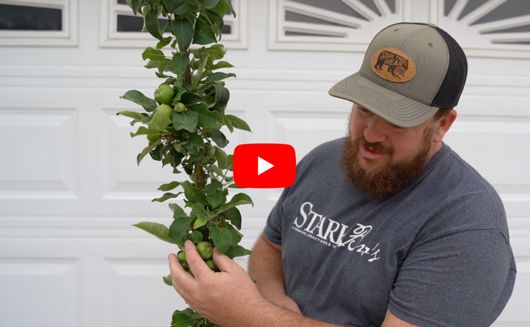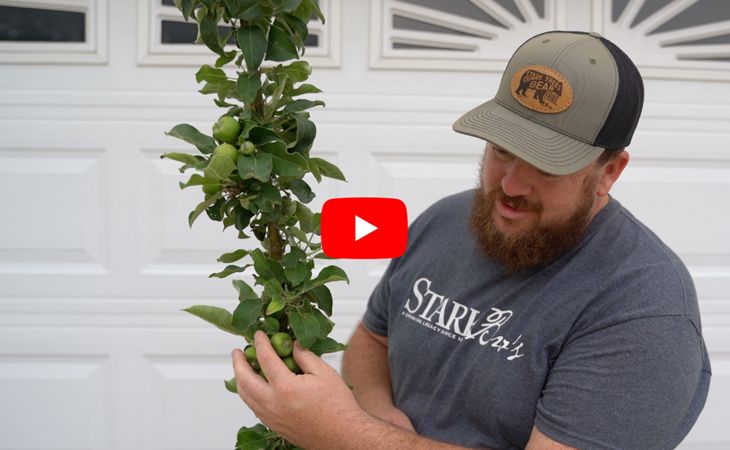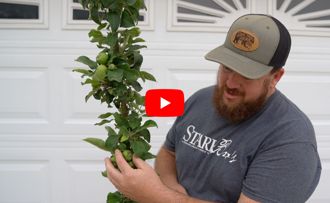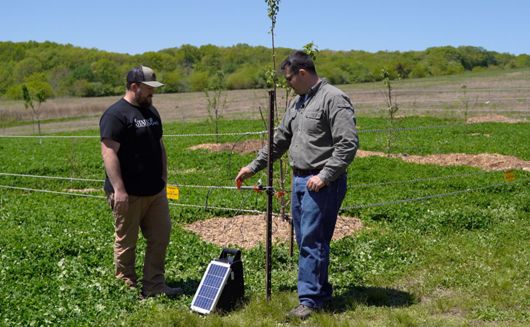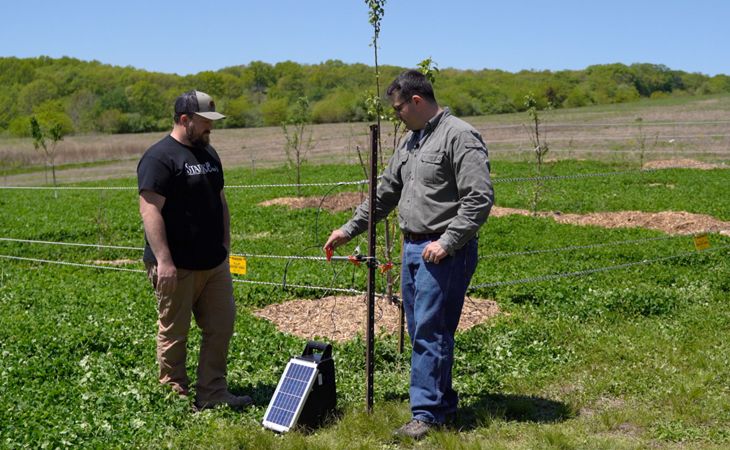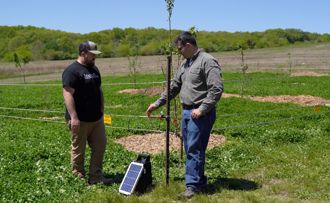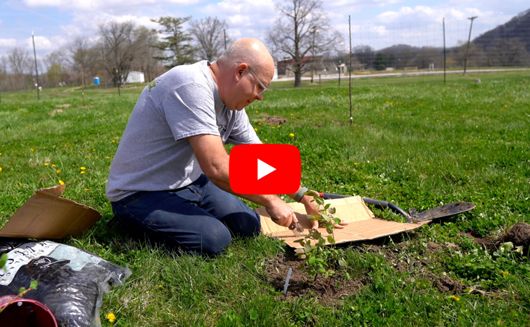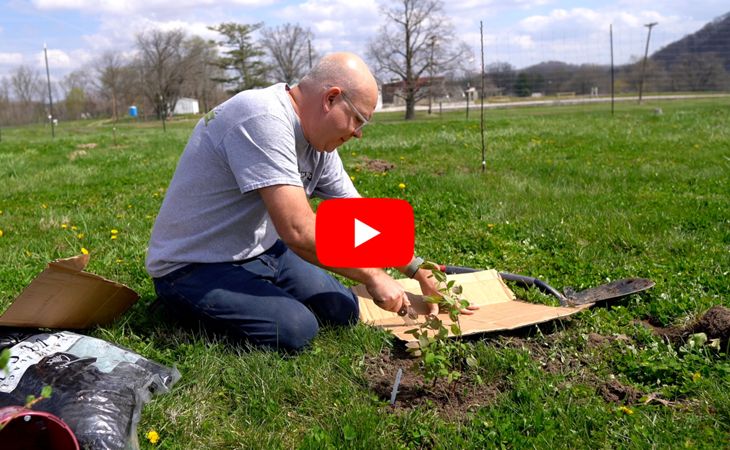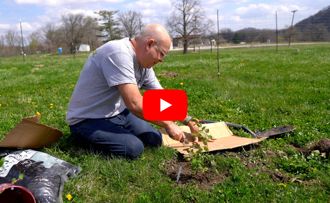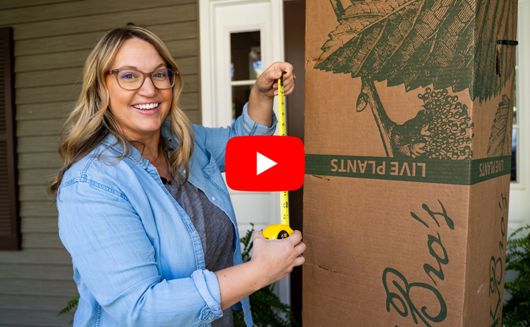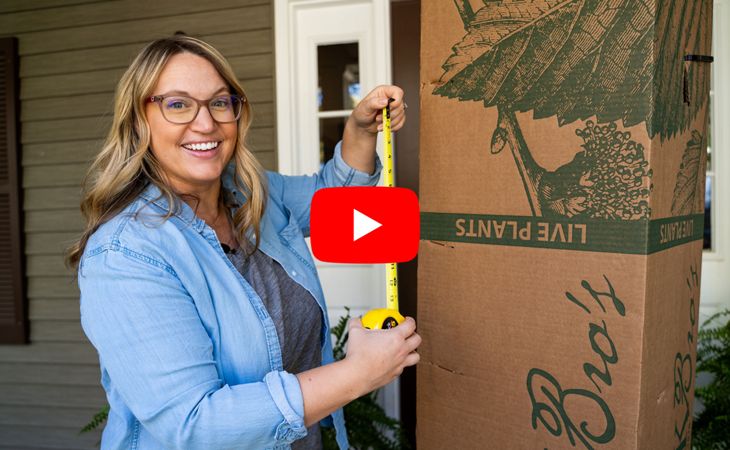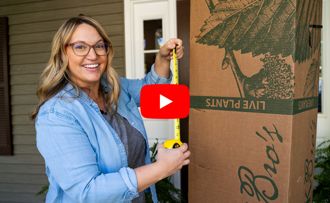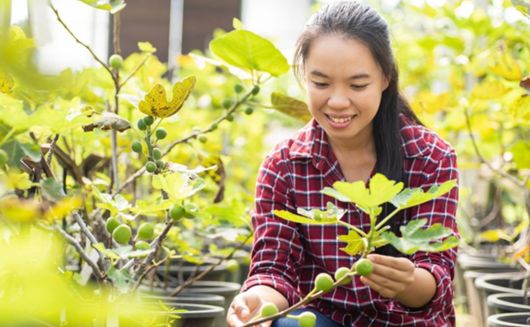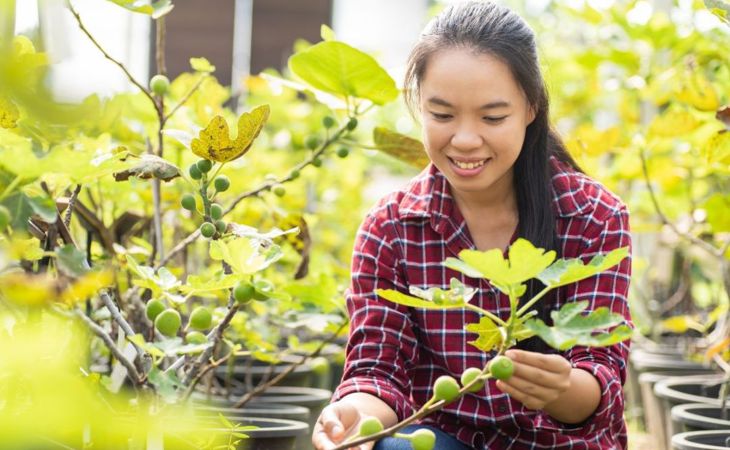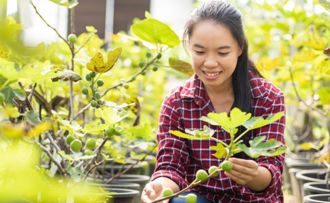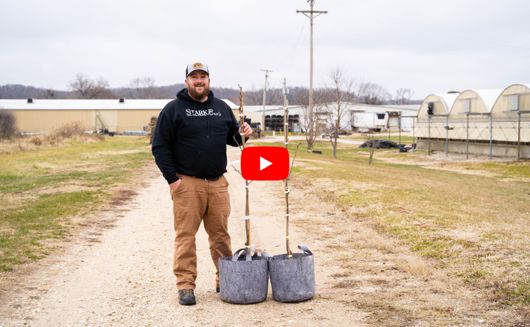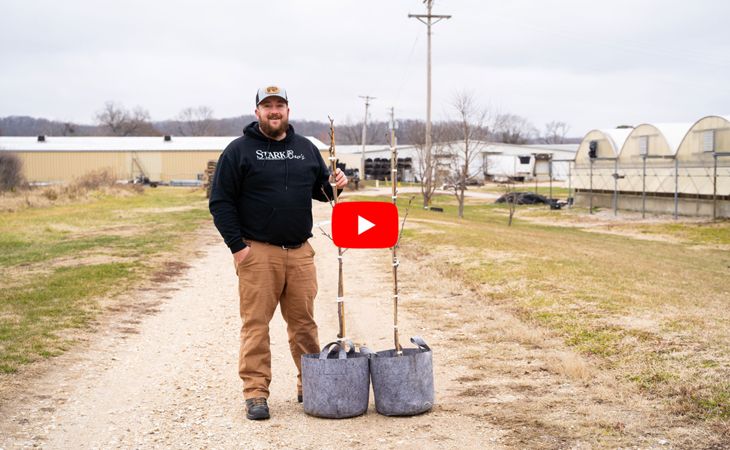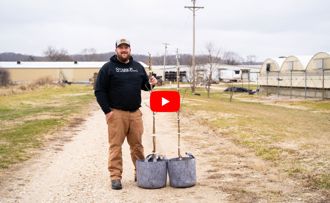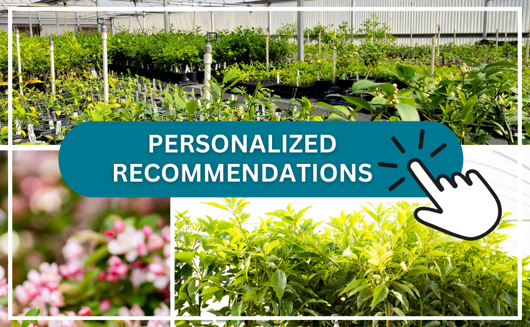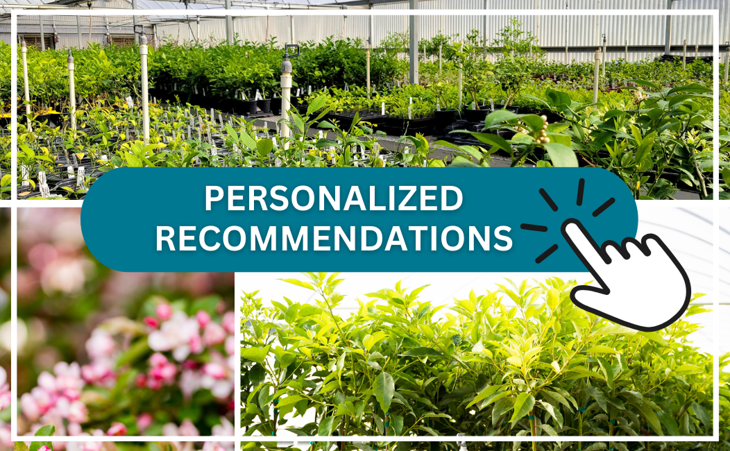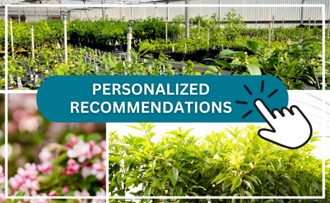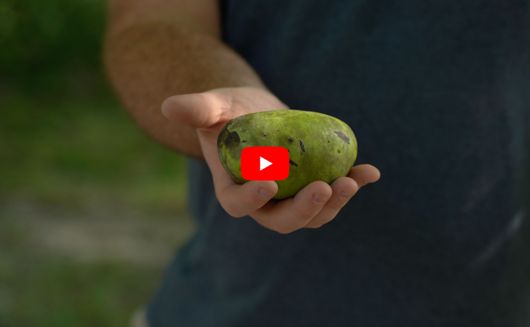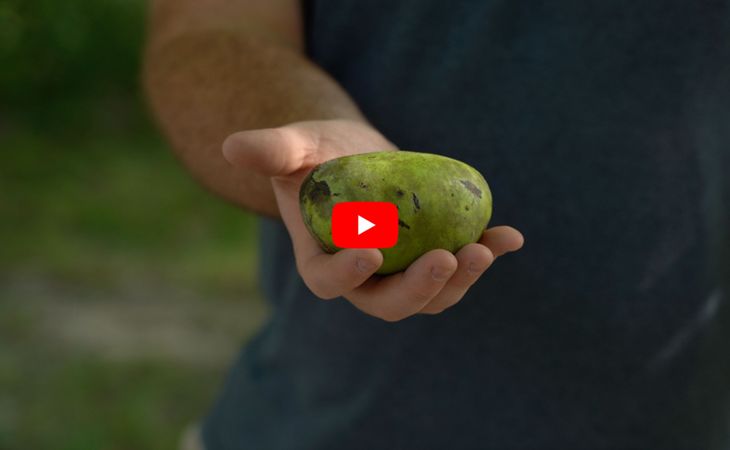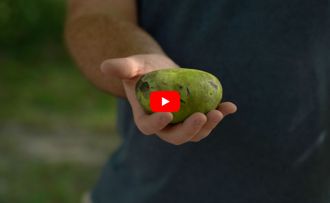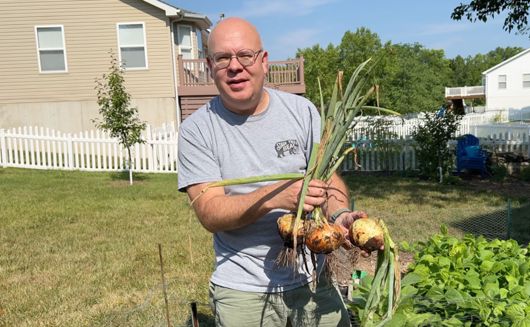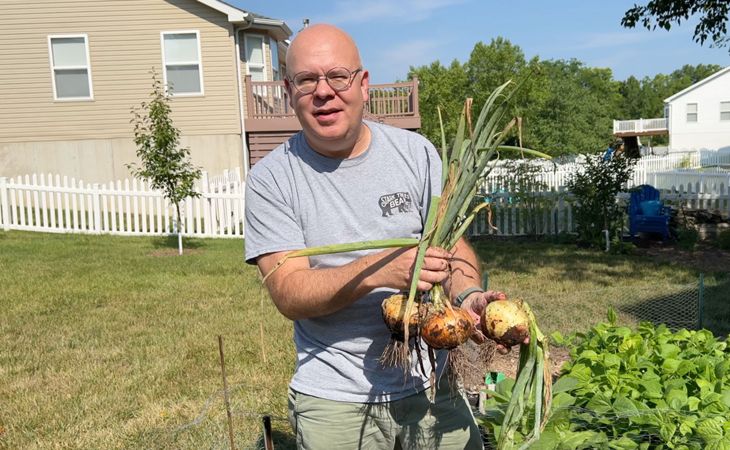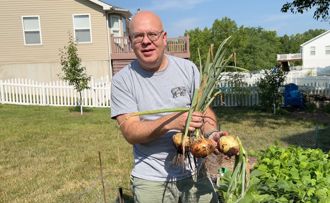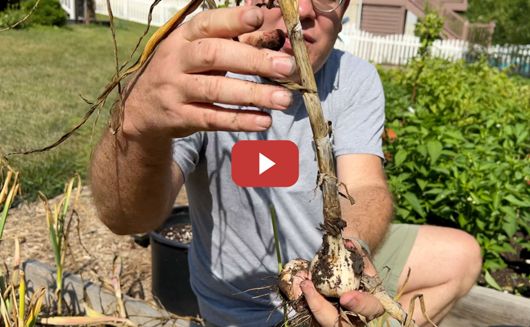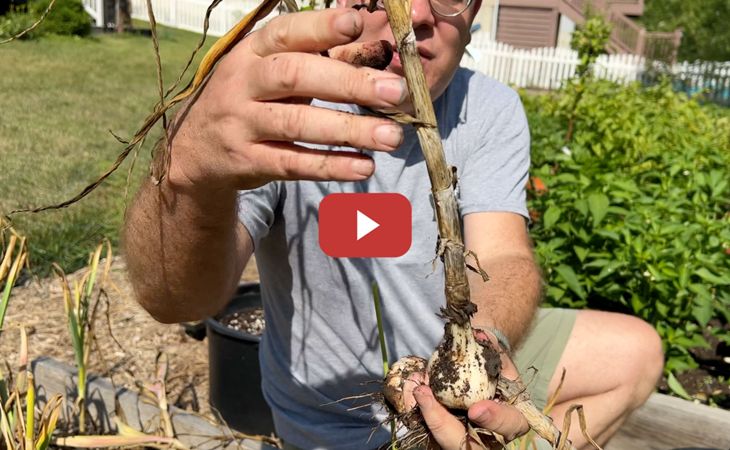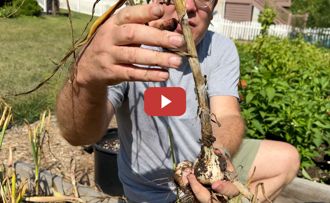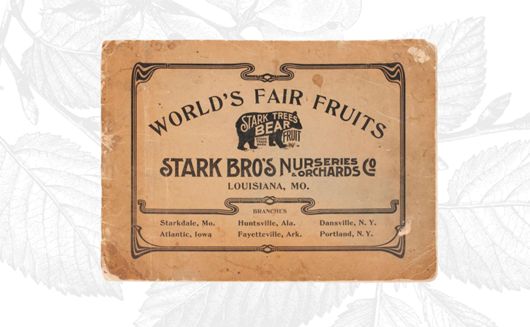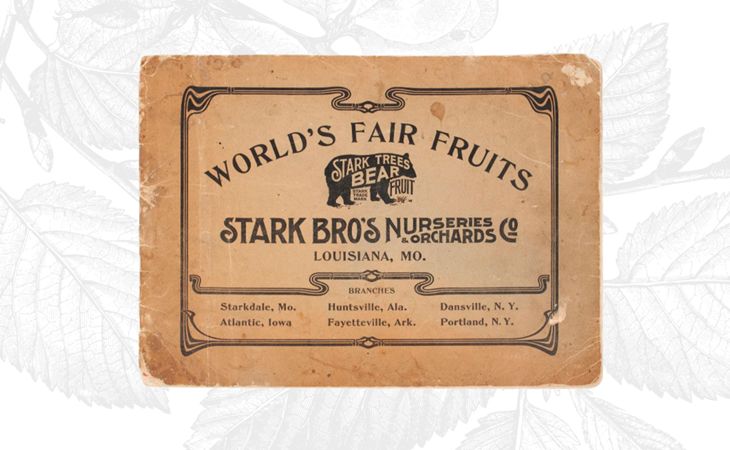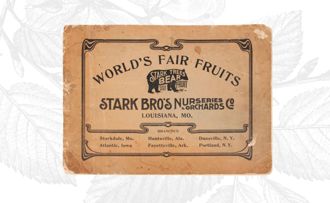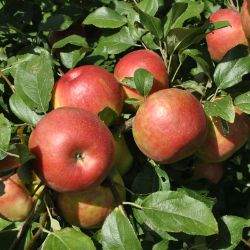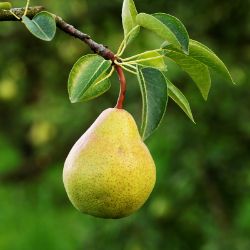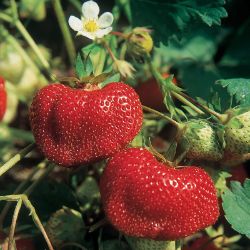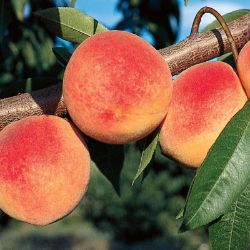Fruit Tree Care: Spray & Weed Control
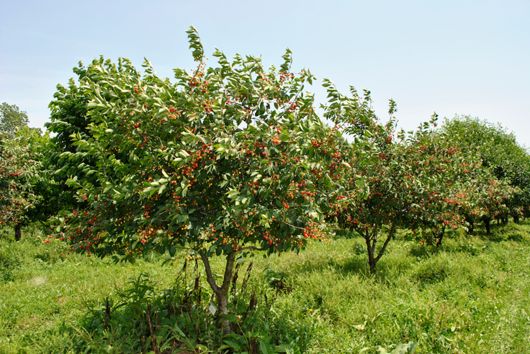
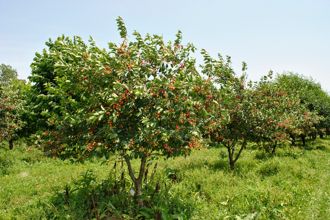
A properly executed schedule for maintaining fruit trees and their growing site is key to success. Plan ahead: the rewards are worth the effort!
Summer is finally upon us, and it's time to take a good look at our fruit trees. Pest and disease control – in the form of a well-maintained growing site, as well as sprays (either natural or synthetic) – are things to practice on a year-round basis. Keeping a growing site clear of debris and weeds will help keep down the risk of fungal infections and environments suitable for pests. Dormant-season sprays are a great preventative, and growing-season sprays help provide prevention and control as needed.
After the very unusual spring experienced in most parts of the country, the best defense for the fruit crop is a good offense in the form of a well-executed spray schedule.
Here is a timeline for a full year's worth of advice for maintaining fruit trees. In summer, you can begin by implementing Step 4.
Pest & Disease Control: Build a Spray Schedule
Step 1:
During winter pruning (or anytime before spring bud-break): the first step in a good spray routine is to use a dormant spray.
I recommend applying a horticultural dormant oil in late winter or early spring. Applying this dormant-season spray protects apple trees, pear trees, pie cherry trees, and grape vines from scale, mealy bugs, aphids, mites, and pear-psylla. It may also be used on dormant plum trees, peach trees, blueberry plants, strawberry plants, apricot trees, pecan trees, and your asparagus patch for various overwintering pests/eggs. The first spray of the season is a crucial component for your tree. It's important to spray thoroughly — coat the entire tree — and follow the label for specific instructions.
Step 2:
During bloom time: I recommend applying a fire blight spray (on apple and pear trees).
This is one rare application that should be made while trees are in bloom. Fire blight is a bacterial disease that infects fruit trees like apples and pears and bloom time is the best time for an effective spray application. The control contains streptomycin sulfate. While it's intended to use at bloom time, we still urge you to spray at dawn or dusk while bees and other beneficial insects are not frequenting your trees as a food source.
Step 3:
After petal drop: Copper Fungicide works to control rots, spots, and other fungus affecting grape vines, strawberry plants, apple trees, pear trees, apricot trees, cherry trees, almond trees, and rose bushes. Copper-based sprays are recommended as an effective and natural means of control for things like peach leaf curl as well.
A copper spray can be mixed, but some may be applied as a dry dust. Follow the printed label instructions for application methods and other necessary information for the diseases you are trying to control on your plants and trees.
Step 4:
After the pollination period is over and before daytime temperatures exceed 80-85ºF, you can use growing-season pest and disease-control sprays. Before applying, always make sure to read and follow the instructions on the product label. Use cautiously around small children and pets.
Since pest-control sprays contain an insecticide that also will harm flower-loving beneficials like bees, be sure to only apply after every flower petal has fallen. Bees will be less likely to frequent your trees after this time. Bees are very active during the day, so spraying during the twilight hours of the morning or evening (when there is still enough sunlight to see) will also help avoid contact with bees.
For an organic fungicide: Use Complete Disease Control for most fungal issues on fruit and nut trees, ornamentals, trees, shrubs, flowers, and tropical plants.
For an organic insecticide, miticide, and fungicide: Use Neem Oil for vegetables, herbs, roses and other flowers, fruit trees, and berry plants. Can also be used as a dormant spray for overwintering pests.
Find more natural pest and disease control options here.
Again, you'll be most successful if you read and follow the directions on each label.
Weed Control: Prevention & Maintenance
Weeds plague both the garden and fruit trees. They compete for the same nutrients and water intended for the desired plants. If allowed to go unchecked, weeds can completely nullify your planting efforts. The best way to get rid of weeds is to physically remove them on a consistent basis. Consider using a Tree Circle to prevent their presence around trees in your garden. If you consider using chemicals to eliminate weeds, try to find a solution that isn't harmful to you, your plant, or the environment. Because weeds are plants too, anything that may harm or kill them could potentially affect the very plants you're trying to save.
Reminders
For those of you who haven't read Fruit Tree Care: Watering & Fertilizing, I'd like to point you over there. I generally do not recommend fertilizing past June 15th here in the Midwest, and stop most fertilizer applications by July 1. Consistent watering is especially necessary during the heat of the summer months — whether it's provided by you or by nature in the form of rain.
Summer is a time of both maintenance and harvest. With proper care, your young trees should mature healthy and strong, giving you crops of delicious fruit for many enjoyable years!
— Elmer Kidd, Stark Bro's Chief Production Officer (retired)
- Article Categories:
- Fruit Tree Care

